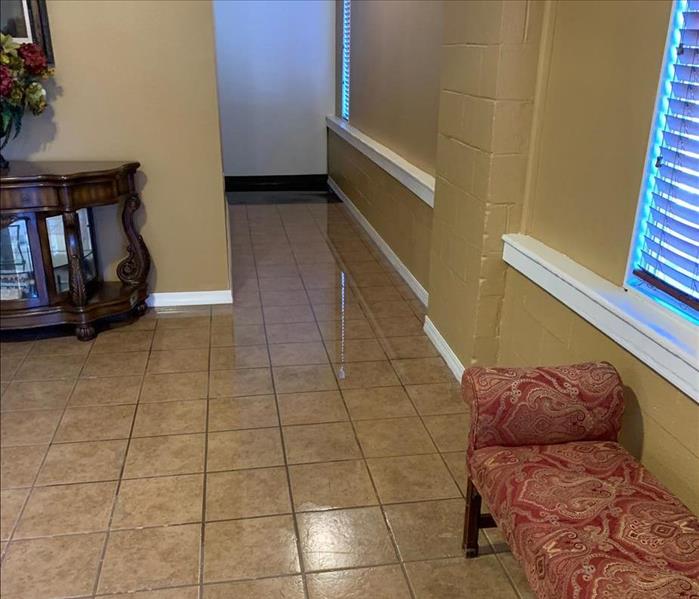The Top 3 Areas Prone to Water Damage in Your Home
6/19/2024 (Permalink)
 By staying vigilant and proactively addressing potential risks, homeowners can protect their homes from water damage.
By staying vigilant and proactively addressing potential risks, homeowners can protect their homes from water damage.
Water damage can be a homeowner's worst nightmare, causing expensive repairs and potential structural hazards. Being aware of the common areas in your home that are prone to water damage is crucial for early detection and prevention. Below, we delve deeper into the top three areas where water damage often occurs and provide practical tips for protecting your home.
Basements and Crawl Spaces
Basements and crawl spaces are inherently vulnerable to water damage due to their low-lying nature and close proximity to the ground. During heavy rainfall or snowmelt, water can seep into these below-grade areas through cracks in the foundation, inadequate drainage systems, or even hydrostatic pressure. Basement flooding can result in extensive damage to walls, flooring, furniture, and stored belongings. To prevent water intrusion in basements and crawl spaces, homeowners should consider implementing the following measures:
- Regularly inspecting the foundation for cracks and repairing them promptly.
- Installing a sump pump with a battery backup to remove excess water and prevent flooding.
- Ensuring proper grading around the foundation to direct water away from the home.
- Sealing basement windows and entryways to prevent water seepage.
Bathrooms and Kitchens
Bathrooms and kitchens are high-traffic areas that are prone to water damage due to the presence of plumbing fixtures and appliances. Leaking pipes, malfunctioning appliances (such as dishwashers and refrigerators with ice makers), and deteriorating seals around sinks, showers, and toilets can all contribute to water leaks and moisture buildup. Over time, these issues can lead to water damage to cabinets, countertops, flooring, and adjacent walls. To prevent water damage in bathrooms and kitchens, homeowners should consider the following precautions:
- Routinely inspecting plumbing fixtures for leaks and addressing any issues promptly.
- Installing water leak detection devices or smart water sensors to alert homeowners to potential leaks.
- Ensuring proper ventilation in bathrooms and kitchens to reduce humidity levels and prevent mold growth.
- Periodically checking the integrity of grout and caulking around sinks, showers, and tubs and resealing as needed.
Roofs and Attics
The roof and attic are often overlooked but critical components of a home's defense against water intrusion. Damage or deterioration to the roof's exterior, such as missing or damaged shingles, deteriorated flashing, or clogged gutters, can lead to roof leaks and subsequent water damage. Additionally, ice dams formed along the roof's edge during the winter months can cause water to back up under the shingles and into the attic space. To protect your home from roof-related water damage, consider the following preventive measures:
- Conducting annual roof inspections to identify and address any damage or vulnerabilities.
- Cleaning gutters and downspouts regularly to ensure proper drainage and prevent water from backing up onto the roof.
- Installing gutter guards to prevent debris buildup and clogging.
- Adding attic insulation and ventilation to regulate temperature and moisture levels and prevent ice dams.
By staying vigilant and proactively addressing potential water damage risks in these common areas, homeowners can protect their properties from water damage. If water damage does occur, it's essential to act quickly and enlist the help of professional restoration services like SERVPRO of East Forth Worth to mitigate the damage and restore your home to its preloss condition.




 24/7 Emergency Service
24/7 Emergency Service